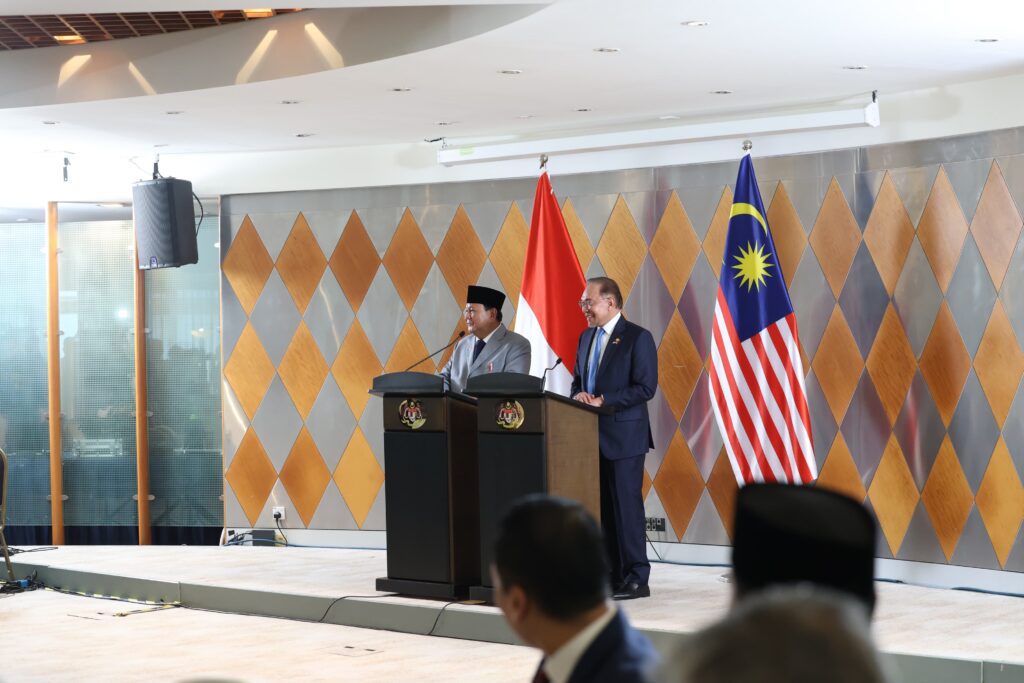In recent days, a wave of doomsday narratives has been circulating: “The Jakarta Stock Exchange and the Rupiah will crash when the market opens on Monday.” These claims often cite the recent drop in Vietnam’s stock market and currency following President Trump’s tariff policy as evidence.
However, there’s one critical point we must understand: while Vietnam and Indonesia are both part of Southeast Asia, their economies are fundamentally different.
Let’s break down some key trade-related numbers that put things into perspective:
Export as a Percentage of GDP:
Vietnam: 87%
Malaysia: 68%
Thailand: 65%
Singapore: 174%*
Indonesia: 22%
*Singapore’s figure exceeds 100% due to significant re-export activities via its major ports.
Export to the United States as a Share of GDP:
Vietnam: 33%
Malaysia: 13%
Thailand: 13%
Singapore: 8%
Indonesia: 2%
Export Value to the United States (in USD):
Vietnam: $142 billion
Malaysia: $54 billion
Thailand: $66 billion
Singapore: $44 billion
Indonesia: $30 billion
US Import Tariffs as of April 9:
Vietnam: 46%
Malaysia: 24%
Thailand: 36%
Singapore: 10%
Indonesia: 32%
GDP Per Capita:
Vietnam: $4,282
Malaysia: $11,379
Thailand: $7,182
Singapore: $84,734
Indonesia: $4,876
What Do These Numbers Tell Us?
Here are four key conclusions based on the data above:
Vietnam’s economy is heavily export-driven. Exports account for a massive 87% of Vietnam’s GDP, whereas Indonesia’s export contribution is only 22%. This indicates that Vietnam’s economy is significantly more exposed to external shocks—particularly trade-related ones.
Indonesia has low direct exposure to US tariffs. Only 2% of Indonesia’s GDP comes from exports to the United States (valued at $30 billion). In contrast, for Vietnam, US-bound exports make up 33% of GDP (worth $142 billion). Therefore, President Trump’s tariff hikes pose a much greater risk to Vietnam than to Indonesia.
Indonesia faces a moderate tariff burden compared to others. Trump’s tariffs target Vietnam the hardest (46%), followed by Thailand (36%), then Indonesia (32%). Malaysia faces a lower rate at 24%, while Singapore sees only 10%. Indonesia’s position here is not the worst—but it’s also not the most favorable.
Indonesia could benefit from potential factory relocation. With a GDP per capita of $4,876—comparable to Vietnam’s $4,282 and significantly lower than Malaysia’s $11,379—Indonesia is competitively positioned to attract manufacturing relocations from Vietnam. Higher tariffs on Vietnam may prompt businesses to seek alternative production bases, and Indonesia stands out as a logical choice.










